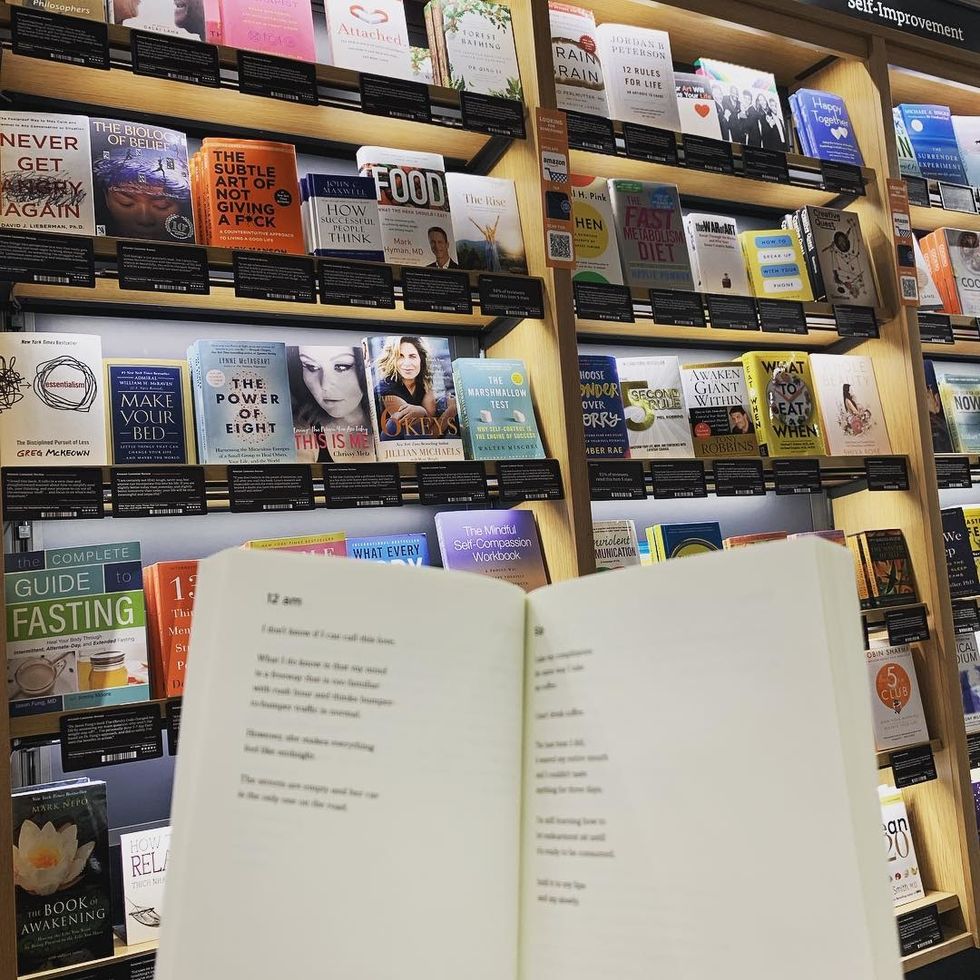Within the last six months, Barnes and Noble has closed almost 15% of all their physical locations, and it's solely due to their main competitor - Amazon. Physical Amazon book stores have been popping up all over the country, even though the initial way they were able to win over competition was due to the fact that Barnes and Noble only had 2% of their products be e-books, whereas Amazon's shares - or at this point, monopoly of e-books was 84%.
So what about the Amazon bookstore specifically makes it preferable to Barnes & Noble, a retail staple that even managed to outlast Borders, despite online sales? Firstly, the design and layout of the store are futuristic, but nothing short of convenient. Designed like their website, the shelf on the very left will have a popular book most readers would know. The next three columns will have three similar books, usually other bestsellers, with a banner over the shelves saying "if you liked this, here are other books to check out" - just like their website.
In addition to design, their other main competitive advantage is consumer data and the analytics done of such. Even though the Amazon Books store has a small fraction of the number of books that Barnes and Noble has, (something they defend by saying they only stock books that have received their famous 5 stars rating) but given their access to this data, they are able to provide top of the line suggestions - down to categories such as "people in Chicago love"...or even yet "Popular in this neighborhood have read."
Another benefit Amazon had while waiting to build a brick and mortar location, is that they can offer discounts to Prime members. While Barnes and Noble has a loyalty card that's an annual subscription, like Prime, most consumers of the Amazon book store have a pre-existing Prime account, which is capable of purchasing more than just books. They have also implemented augmented reality with price scanning over the Amazon app, a staple on any millennial's phone.

















